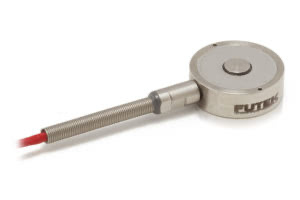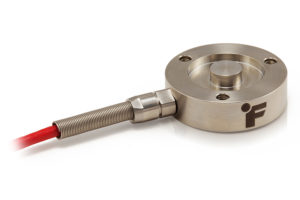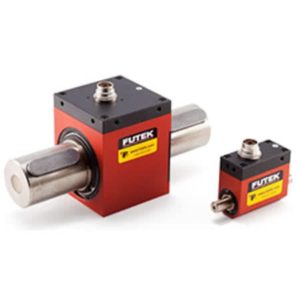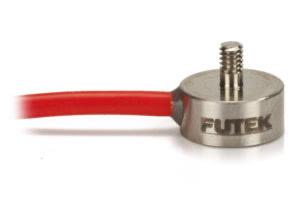Load cells that measure the Fy and Fx loads (like the MAU300) are often used for gear shift testing by the Automotive Industry. For example, by measuring both the lateral force (fy) and longitudinal force (fx) exerted during gear shifting, engineers and designers can assess the performance, ergonomics, and efficiency of the gearshift mechanism.
Automotive Testing Example: Measuring Gearshift Mechanism using Gear Shift Load Cell
Force Measurement:
Load cells capable of measuring fy and fx loads can be strategically placed within the gearshift mechanism. This allows them to capture the forces applied during gear shifting. These stick shift load cells are typically designed to measure forces in multiple directions. Therefore, equipped with strain gauges or other sensing elements.
Performance Evaluation:
The measured forces can help evaluate the performance of the gearshift system. For example, they can provide insights into the force required to engage or disengage gears. In addition, the smoothness of gear transitions plus the overall feel of the gearshift mechanism. By analysing these forces, engineers can optimise the design and functionality of the gearshift system.
Ergonomics and User Experience:
The forces exerted on the gearshift lever can significantly impact the user experience. As well as the ergonomics of the vehicle. By quantifying and analysing the fy and fx loads, engineers can ensure that the gearshift forces fall within acceptable ranges for comfortable operation. Therefore, this information can be used to design gearshift systems that are intuitive, easy to use, and reduce driver fatigue.
Optimisation and Efficiency:
Measuring the fy and fx loads can also help optimise the gearshift system for efficiency. By understanding the forces required, engineers can design mechanisms that minimise energy losses. As well as maximise the transmission’s overall efficiency. This information can be crucial in the development of advanced transmission systems. Including automated manual transmissions, dual-clutch transmissions, or continuously variable transmissions.
Safety and Durability:
Load cell measurements can contribute to ensuring the safety and durability of the gearshift system. Therefore, by monitoring the forces exerted during gear shifting. Engineers can identify abnormal or excessive forces that may lead to component failures or other issues. This data can aid in improving the durability and reliability of the gearshift system. Thereby, enhancing overall vehicle safety.
In conclusion, load cells that measure fy and fx loads play a crucial role in evaluating the performance, ergonomics, efficiency, and safety of automotive gearshift systems. So in summary, by capturing and analysing these forces, engineers can enhance the design and operation of gearshift mechanisms. Therefore, leading to improved user experiences and more efficient vehicles.




